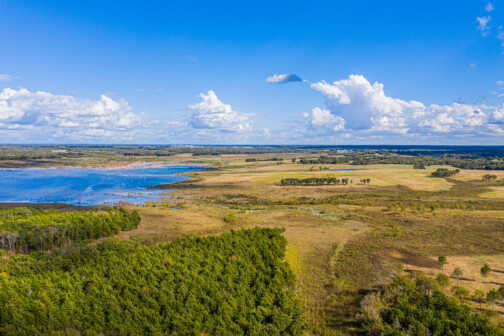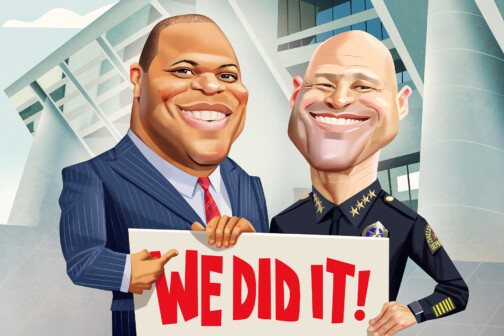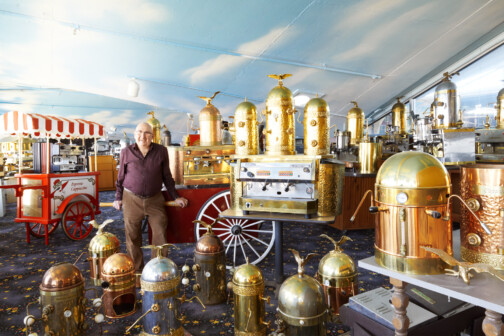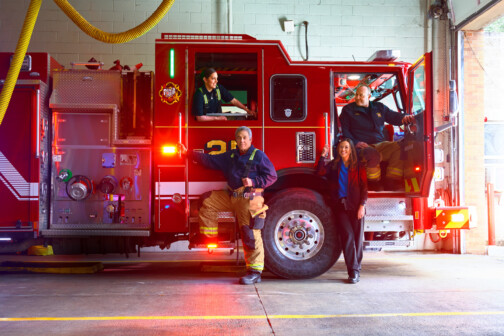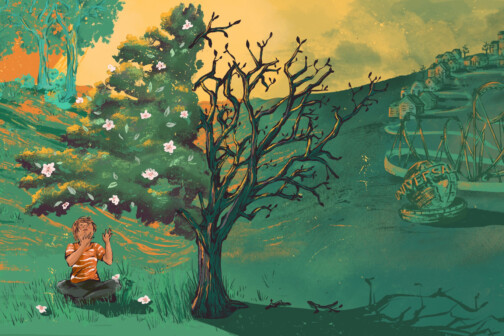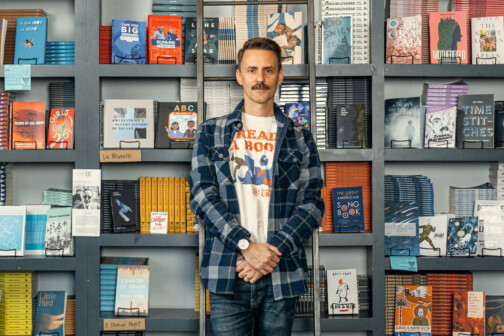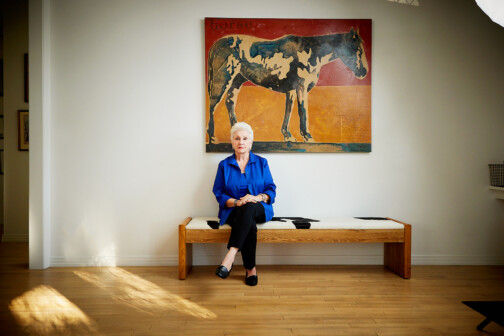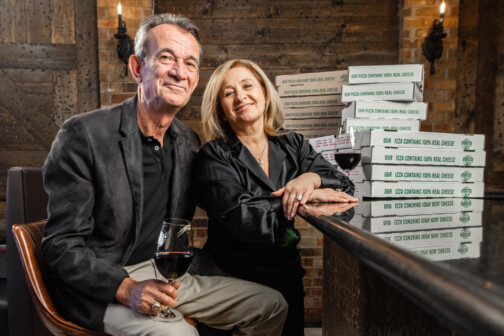A few weeks back, I took a little road trip to Fannin County, an hour and a half north of Dallas, to see something crazy. It’s 120 billion gallons of water puddled on the Blackland Prairie—or it soon will be. Bois d’Arc Lake, the first Texas reservoir built in nearly 30 years, to keep Frisco and Plano hydrated, still has about 10 feet to go before it’s full. So I wanted to see the lake—this engineering marvel and monument of hubris—but I was also curious to meet those few folks who were lucky enough to own land on a new shoreline. Your family runs a hay farm for a hundred years, and then you suddenly have a lake house. Just imagine.
Then imagine how dumb I felt standing on FM Rd. 1396, staring at where the road disappears into the lake, surrounded by a whole bunch of nothing. No disrespect to the citizens of Fannin. There aren’t any lake houses yet. I drove around on some dodgy gravel roads and found some farmhouses not far from the water, but notes left in about a dozen mailboxes did not produce a single phone call to your intrepid correspondent. I know. Shocking.
What I did find, near a bridge on the west side of the lake, was a gleaming new building for the North Texas Municipal Water District and the lake manager for Bois d’Arc, Jennifer Stanley. I would here like to formally apologize to Stanley for showing up without an appointment and thank her for being kind enough to talk with me anyway about water impoundment and fishing and where to find a good hamburger.
That’s the one bit of useful information I can offer from my road trip. The Bois d’Arc General Store at Nana’s Place (4831 E. FM Rd. 1396; 903-664-4004) is the only place to eat anywhere near the water, which is not to suggest it is on the water. Not even close. But when the lake is full and they start selling lots, if you head up that way to check out some property, don’t miss Nana’s Place. You’ll find an American flag flapping in front of the tiny turquoise roadhouse and Nana herself at the grill. If it’s Friday, consider the catfish. Otherwise, you won’t be disappointed by the burger. And onion rings. Get the onion rings.
Unlike the land around Bois d’Arc Lake, there are plenty of lake houses scattered around North Texas. In our April issue, we spent a few pages highlighting them: Cedar Creek, Lake Texoma, Lake Cypress Springs, Lake Athens, Possum Kingdom Lake, and the aforementioned Bois d’Arc Lake. That story is online today, and you can read it here.



